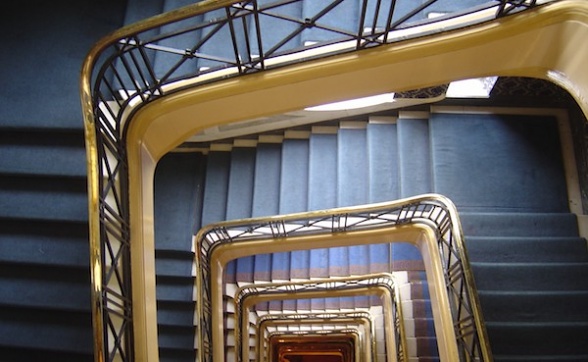| M | T | W | T | F | S | S |
|---|---|---|---|---|---|---|
| 1 | 2 | 3 | 4 | 5 | 6 | 7 |
| 8 | 9 | 10 | 11 | 12 | 13 | 14 |
| 15 | 16 | 17 | 18 | 19 | 20 | 21 |
| 22 | 23 | 24 | 25 | 26 | 27 | 28 |
| 29 | 30 | |||||
Roy Rogers Riders’ Club Rules:
1. Be neat and clean. 2. Be courteous and polite. 3. Always obey your parents. 4. Protect the weak and help them. 5. Be brave but never take chances. 6. Study hard and learn all you can. 7. Be kind to animals and take care of them. 8. Eat all your food and never waste any. 9. Love God and go to Sunday school regularly. 10. Always respect our flag and our country.
In March 1954, Roy Rogers, his wife Dale Evans and their horse, Trigger, stayed at Liverpool’s Adelphi Hotel following their successful appearance at the city’s Empire Theatre. As the singing cowboy movie star lay in bed with influenza, he was paid a visit by his horse, who had made his way through the hotel and up to the room, to present his master with a get-well bouquet of flowers. Beforehand, Trigger had signed the hotel register with a pencil between his teeth and later appeared on an outside balcony, to the cheers and excitement of 4,000 fans.
Exactly half a century on, Wong Hoy Cheong re-enacted the event (albeit with a different horse), filming Trigger’s journey through the hotel, recording the route through the marble-clad and elaborately decorated corridors of the building via cameras attached to the animal. The resulting edited film was presented as an installation at Bluecoat Gallery, with large-scale multiple video projections and a soundtrack of Roy Rogers’ songs.
Bringing a naïve ‘iconic’ moment into the present, Trigger flirted with the symbolism and subtext of the Great American Cowboy on his horse, trotting through an emblem of empire, the Adelphi Hotel. This became especially resonant in the current, rather complex and divisive context of world politics and Britain’s intertwined relationship with the US. Furthermore, the filming technique, with horse-mounted cameras, invigorated the way in which the environment of the Adelphi was seen spatially. The fields of vision from the viewpoint of the cameras, which were attached to the horse’s tail and its curiously moving head, were disrupted by the horse’s gait and its negotiation of corridors and staircases, unsettling our ways of seeing and comprehending.
The work provoked – ‘triggers’ – a series of open-ended readings. On a simple level, it retrieved a cultural memory, and projected an entertaining event from the past into the present. Memory and history, after all, form the certainty with which we understand the present and peer into the future. On another level, the resulting film projections disintegrated both the iconic and the real, and turned the event inside out. The images referred to, but were not about, Roy Rogers and Trigger. They presented a fresh and original perspective on a moment in history in which popular culture collided with, and embodied, both a past and a present heavily loaded with the legacy and consequences of American and British empires and their continuing relationships and agendas.
The ghostly soundtrack of rhythmic and sentimental cowboy songs became a counterpoint to the fragmented, constantly shifting views on the screens and provided an atmospheric contrast to the contemporary technology of the digitally recorded and processed film.
Cathrine Gibson
Project Credits
Commissioned by Liverpool Biennial International 04
Production and Post-Production: Martin Wallace (producer) Ilya Abulhanov (editor) Andy Alias (sound design) Sean Hawkridge and Vincent Leong (assistant directors) and all the cameraman, production assistants, volunteers/extras and staff of the Adelphi Hotel Moon K. Chan, mfx, Kuala Lumper Catherine Gibbon, Bluecoat Gallery Wayne Docksey, Animal Acting, Manchester Velcro, Kaiser, Fotolynx
Liverpool Biennial
55 New Bird Street
Liverpool L1 0BW
- T +44 (0)151 709 7444
- info@biennial.com
Liverpool Biennial is funded by
Founding Supporter
James Moores
